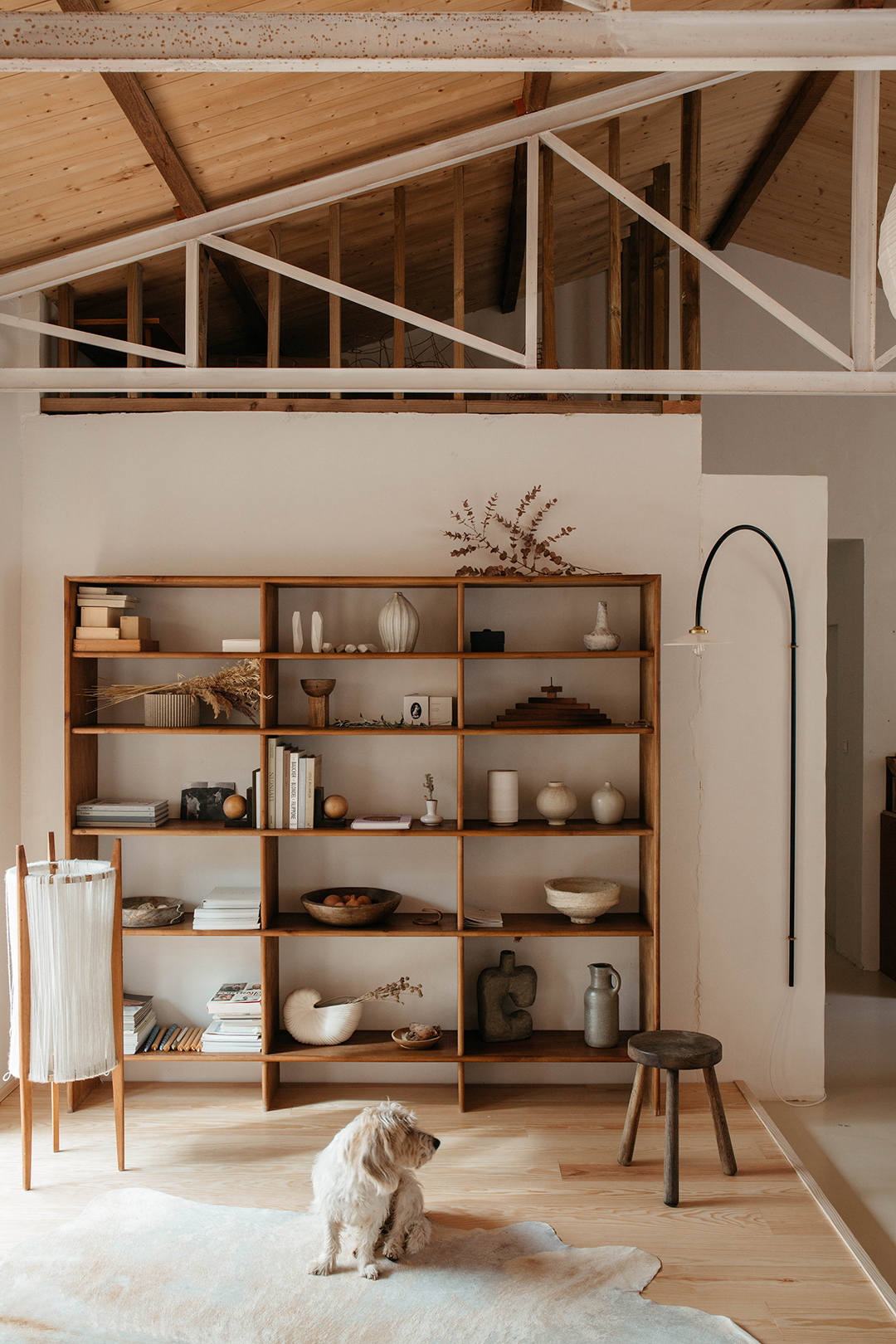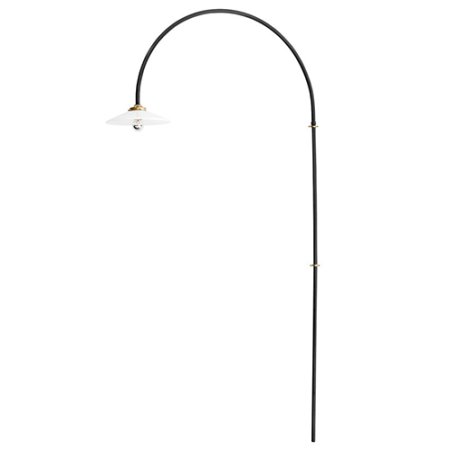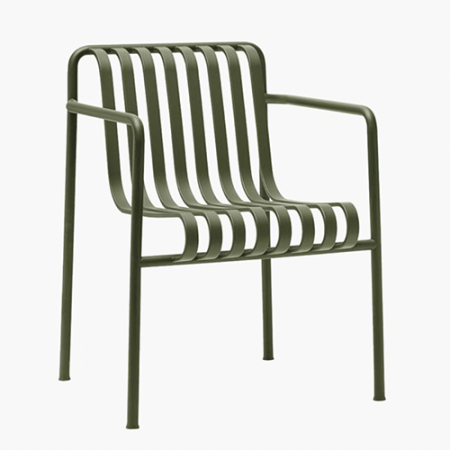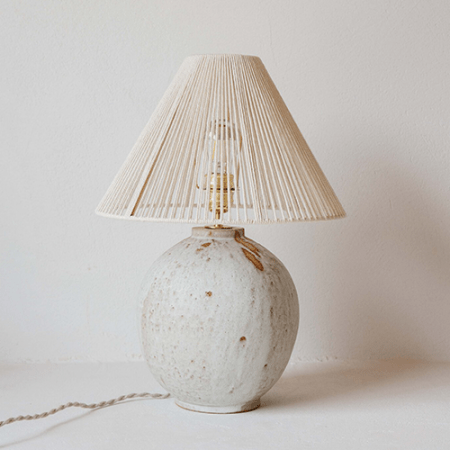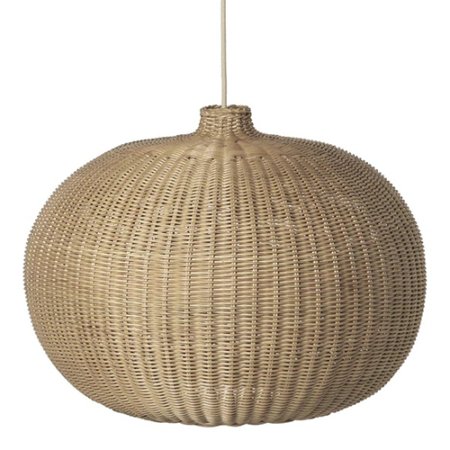We may earn revenue from the products available on this page and participate in affiliate programs.
The sea was what sold photographer and artist Aurélie Lécuyer and her husband, Jean Christophe, on their home on France’s west coast almost four years ago. From their doorstep, it’s just a short walk through the woods to the water. The only caveat was the house that came with the serene plot was a total dud. The fixer-upper, which Aurélie notes had “zero charm,” looked as if it hadn’t been updated since the 1970s—the tiling, round windows, exterior’s floated plaster, and more had to go, she says.


Limited by a tight budget, they decided to take on the bulk of the renovation themselves. They opened up the space almost entirely, tearing down nearly every partition and removing the false ceilings, allowing more light to shine through the home from both the east and west ends. The size of the building—it’s nearly 2,000 square feet—was a major plus for the couple and their three children (now ages 16, 13, and 9). It was also ideal for Aurélie’s ever-long list of creative endeavors and side projects. For a while, the house doubled as the headquarters of her studio, Gres Ceramics.


Drawing inspiration from the landscape, Aurélie kept her palette and material choices minimal, sticking mainly to various types of wood—beyond the ceiling and floors, from the handmade backsplash to the shelves, even the IKEA cabinets in the kitchen and the vintage furniture finds—which are not only hard-wearing, she shares, but promise to patina beautifully over time (important for a kid-filled home). This strategy also helped delineate space in the absence of walls; where warm planks meet concrete signals a transition from the living room to the kitchen, as the entire interior is painted in the same timeless shade of white.


Aurélie admits keeping the changes simple was a large result of having no wiggle room to spare cost-wise. “A renovation never stops; the house always evolves a little,” she adds. And while there are a few things she’d do differently today, being forced to work within such stiff financial constraints did lead to more than a few creative compromises.


One such instance? Figuring out where to put a playroom. “We had a sort of inaccessible mezzanine,” Aurélie notes of the dead space above the kitchen. Jean Christophe had the idea of building a staircase with storage niches leading to the once unused nook. The plaster-coated piece holds glassware, vases, bowls, plates, and more. “At the top, the children have made their little reading corner with mattresses on the floor; [it’s] like a hiding place,” says Aurélie. The same application of plaster can be spotted around the fireplace, merging with a seating area in the living room and providing the perfect place to stack firewood (the pellet stove, in fact, mainly heats the entire home).

And while the whole family loves to gather in this cozy space, they spend just as much time on the veranda off the side of the house and the outdoor garden. “There was nothing before,” recalls Aurélie of the desert-like yard (it was basically all sand). “We planted a lot, mostly Mediterranean species, which are not afraid of drought.” This includes natural vegetation you’d find in a dune environment, including marram grass and thistle. A small wood deck and stretch of orange tile offer more space for an olive green patio dining set. “No matter the weather, we enjoy it every day: the proximity to nature, the smell of pine trees, and the sound of the waves,” shares Aurélie.


